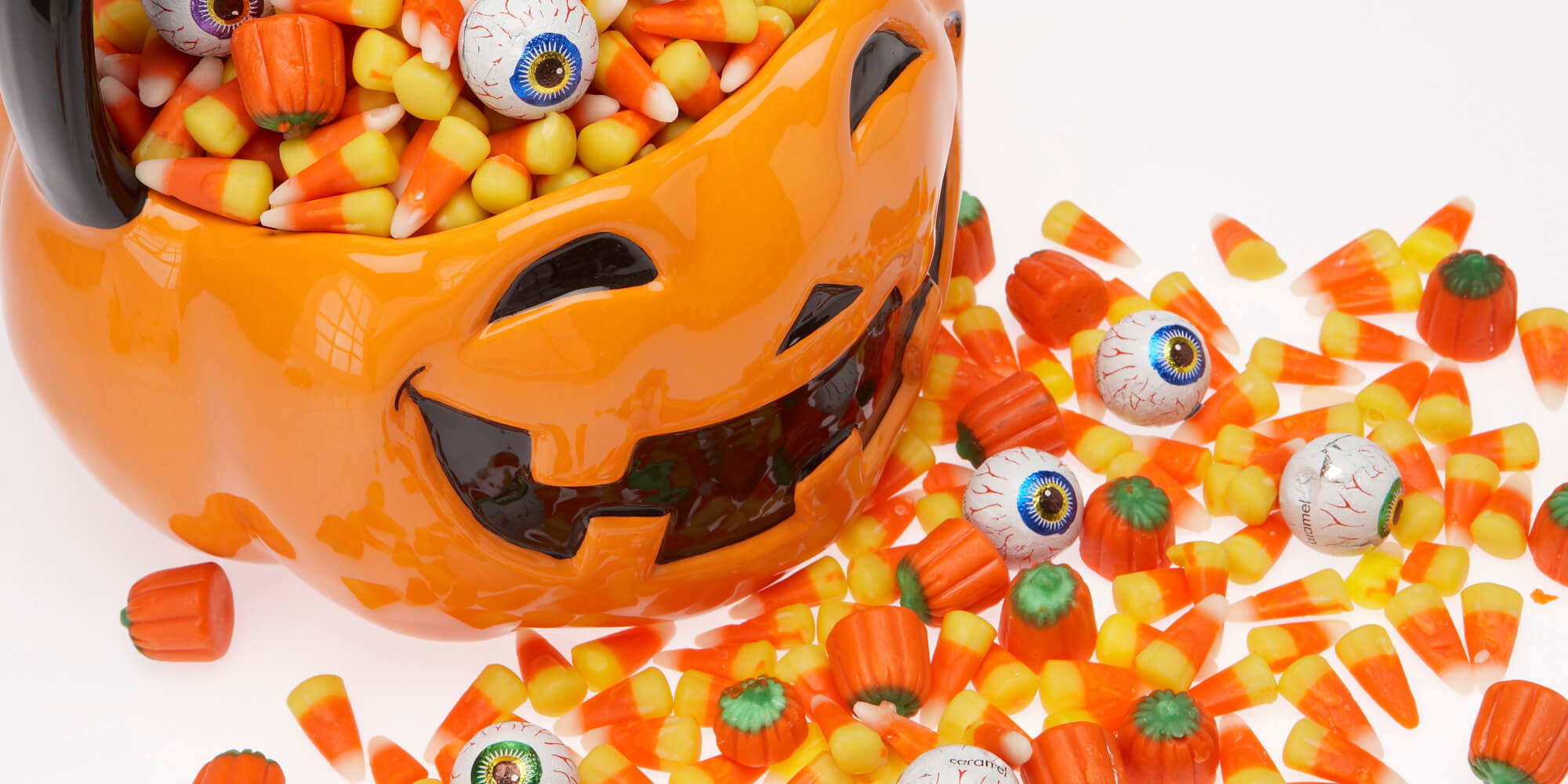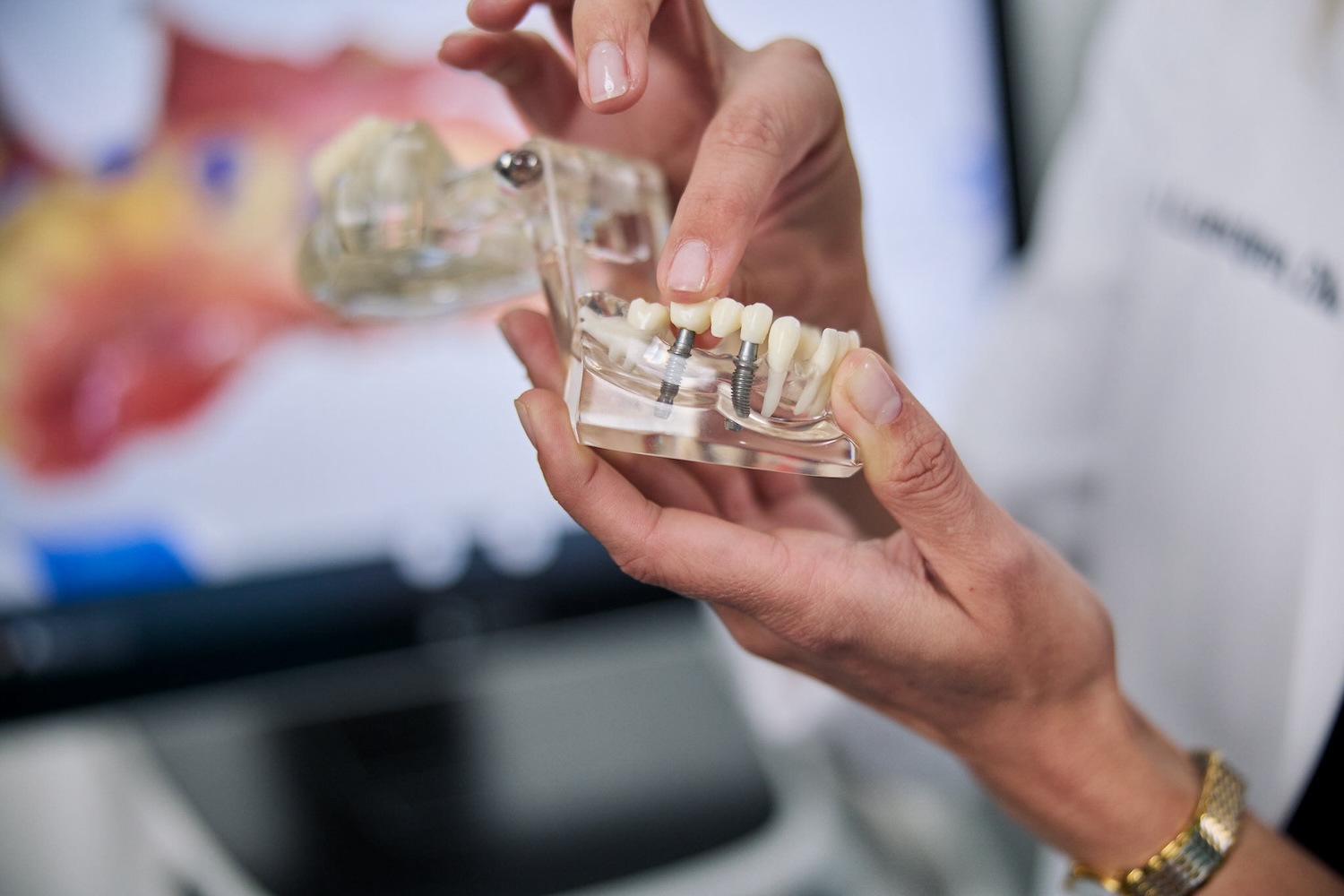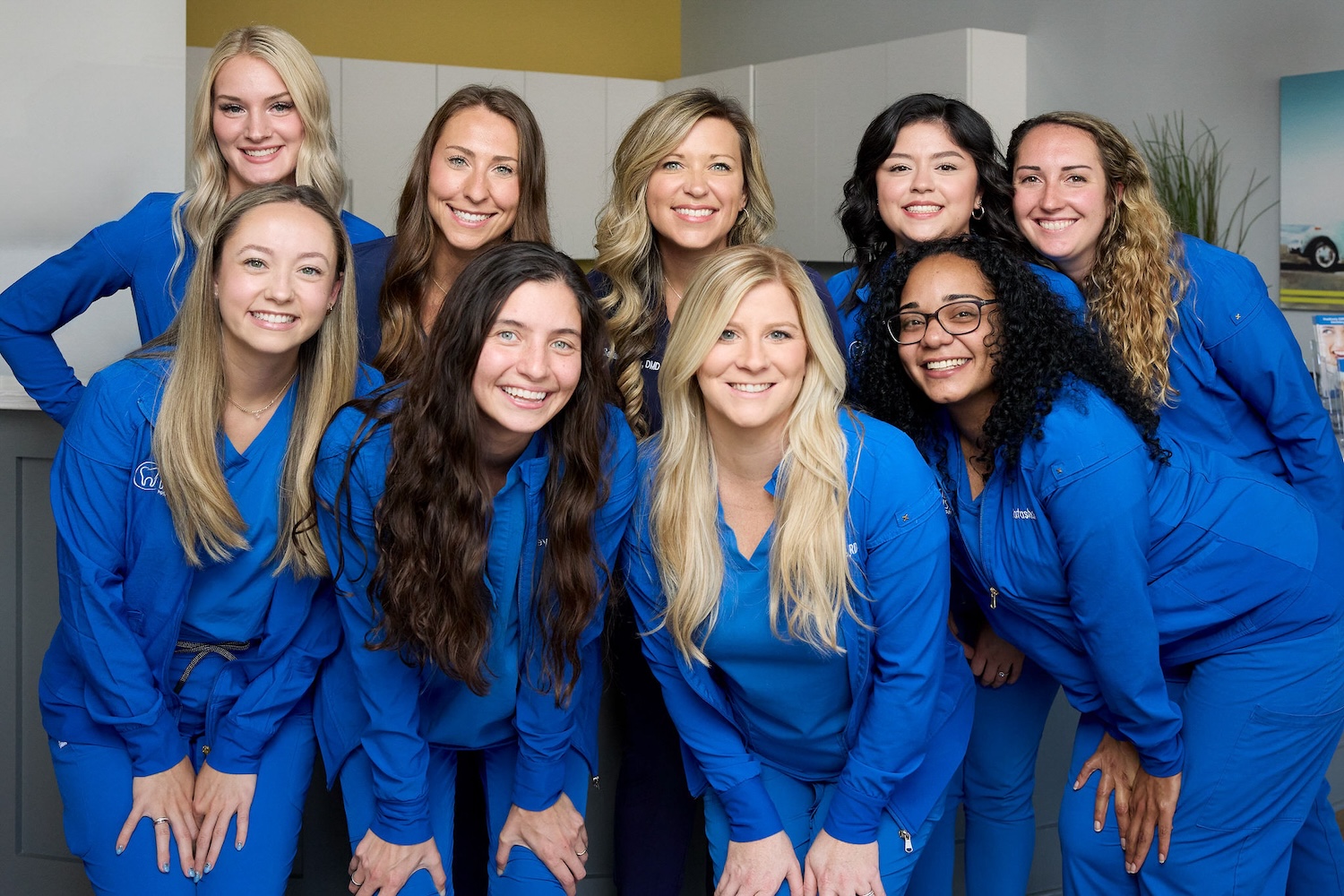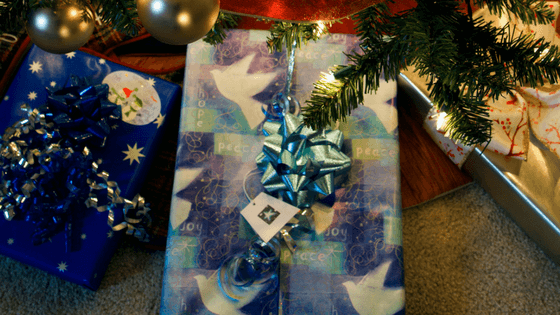In this post, learn what affects the lifespan of dental implants and how to maintain them for a long-lasting, healthy smile.
Should We Be Afraid of Candy, this Halloween?

By now, you’ve probably heard that candy is bad for your teeth. If you haven’t, we envy the way you cooly and unapologetically eat a Snicker’s bar. As dentists, we never do that.
Anyway, now that Halloween’s upon us, we’d like to explain how candy damages your teeth and what you can do to help your children still enjoy the season while keeping their teeth strong and healthy.
How do Cavities Form?
It’s not that sugar actually creates cavities, but it does create conditions in your mouth that do. Your mouth is filled with hundreds of bacteria, and while that sounds gross, many of them are actually beneficial to maintaining a healthy oral ecosystem. When you eat candy, harmful mouth bacteria feeds off of the sugar.
In doing so, the bacteria creates acids which then erode tooth enamel. Cavities are actually a bacterial infection that is created by those acids. When you develop a cavity, a hole in your tooth forms—which worsens over time if it’s left untreated.
What kinds of Candy are the Most Damaging to Teeth?
All of them! No, we’re just kidding. There are some types of candy that are worse than others. Chewy, sticky candy tops the list—yes, that means gummy candies, taffy, and that Halloween favorite, caramel apples. Are they considered candy or fruit? We’ll let you decide…
Candy or fruit dilemma aside, sticky candy is detrimental to teeth, because it gets caught between them. Because saliva can’t reach between teeth to wash the candy away, sticky sweets put you at a high risk of tooth decay.
In addition to sticky candy, we’d also include sour candies on our “bad” list—think Skittles and Jolly Ranchers. Because they’re highly acidic, they actually break down tooth enamel.
How can I Minimize Candy’s Impact on My Children’s Teeth?
Fortunately, you’ll be happy to know the news isn’t all bad. We do have some suggestions for keeping your kids’ teeth at their best this Halloween season. Specifically, we recommend that you have your children:
- Drink plenty of water.Water can minimize some of the harmful effects of sugar, preventing decay. If your children eat candy and can’t brush immediately afterward, have them swig some water and swish it around in their mouths.
- Eat candy with meals. When candy is eaten at mealtime, saliva production increases. Saliva not only cancels the acids in mouths, but it also helps wash away food particles.
- Brush after eating. By brushing immediately after eating, kids remove enamel-eating bacteria. However, there’s an important caveat. When acidic candies (or acidic sports beverages, fruits, etc.) are consumed, brushing right after eating is more damaging to enamel than not brushing. Instead, set a timer for 30 minutes and have your children brush after it goes off.
And of course, as always, we’d encourage you to bring your children in for a dental checkup if they’re due for an appointment. Scheduling their dentist appointment with us is easy!









